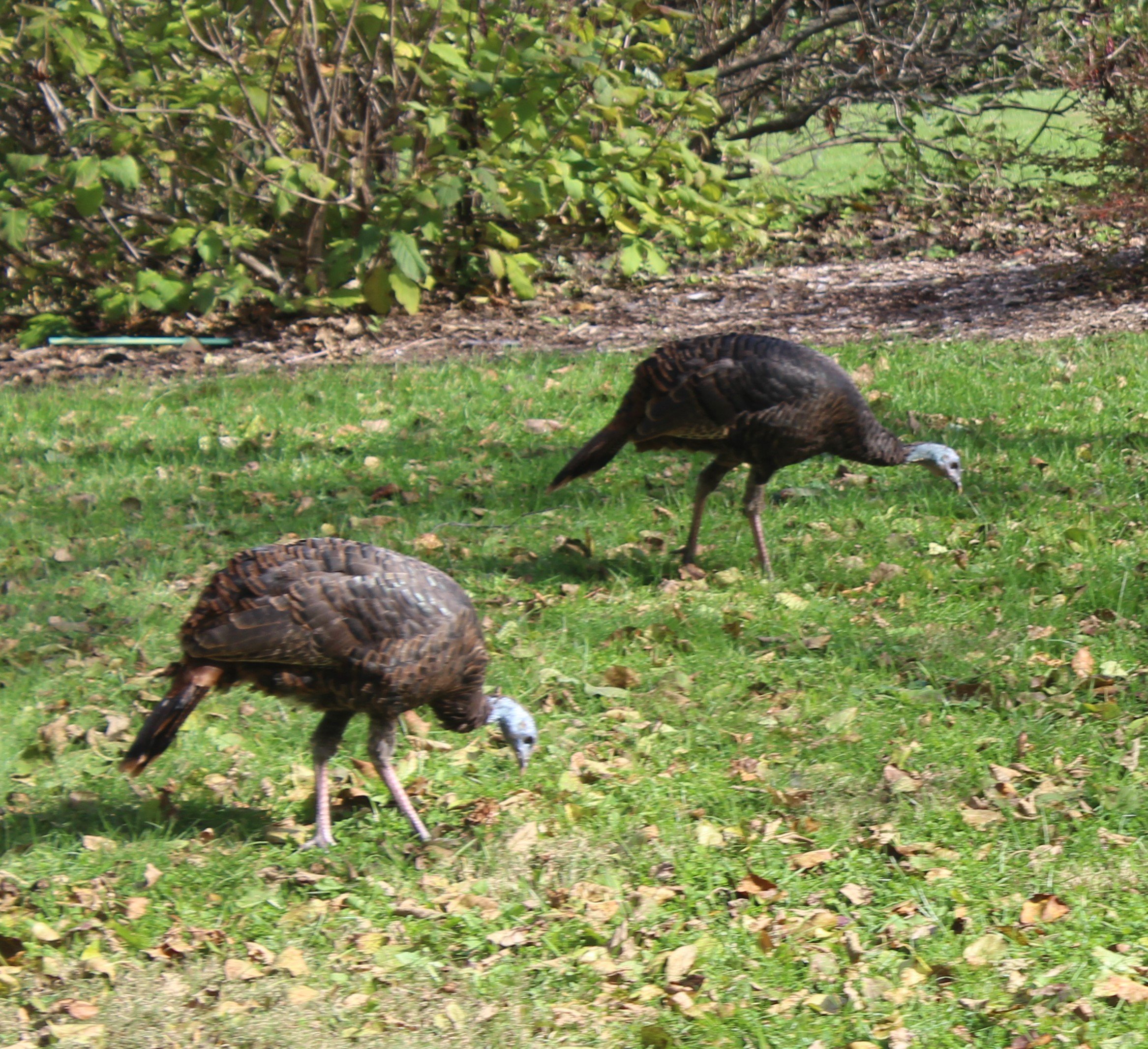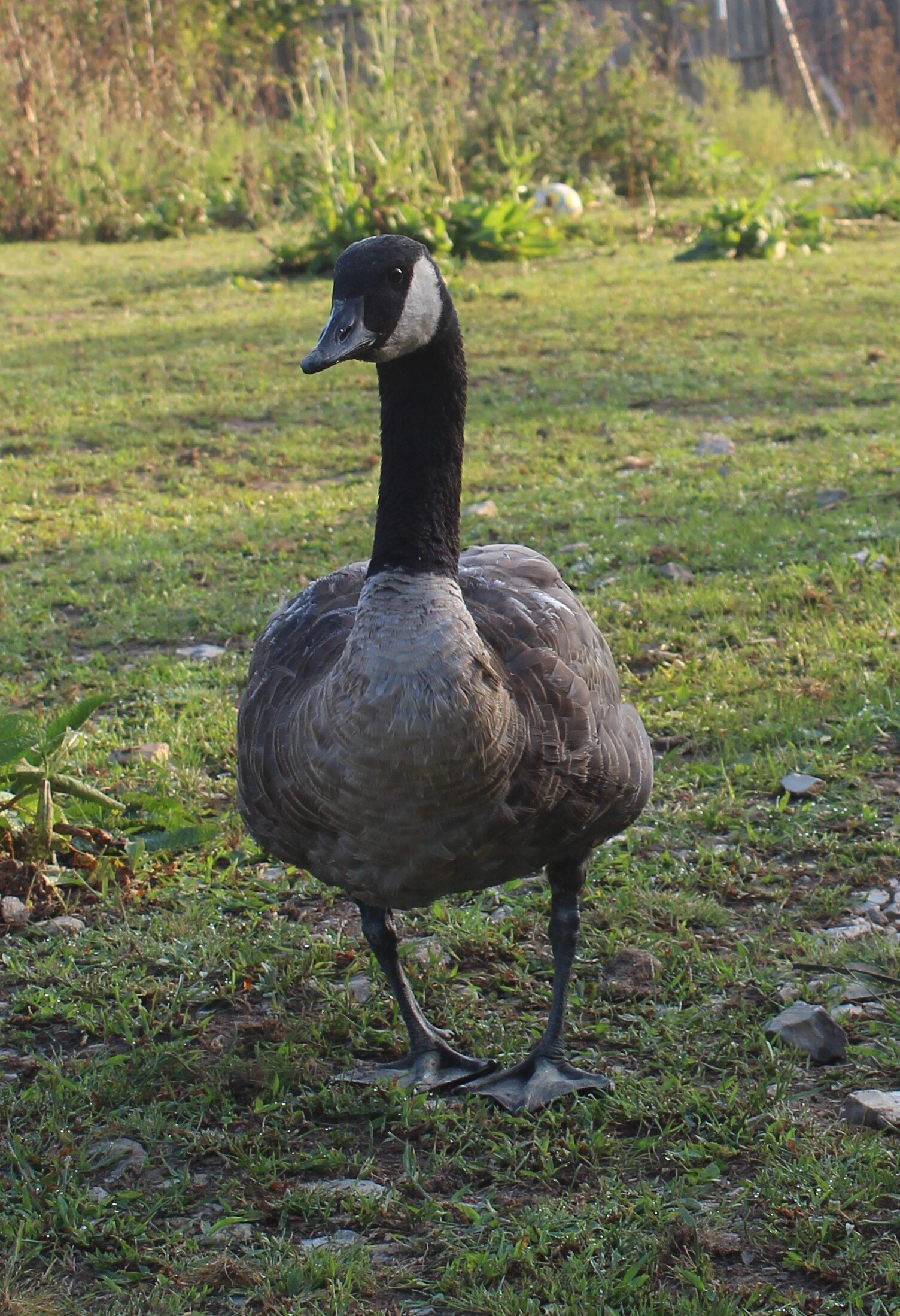Benjamin Franklin was right about one thing. The turkey would have made a great national bird.
Wild Turkeys are large, plump birds with long legs. You often see them walking in fields or on the edges of wooded areas. The distinctive gobble and beautiful tail plumage on the male make them easy to identify.
What Do Turkeys Have To Do With Ben Franklin?
Native to North America and a food source for Native Americans and white settlers the turkey was a key species during Franklin’s lifetime. Franklin wrote that the turkey was “a much more respectable Bird, and withal a true original Native of America...He is besides, though a little vain & silly, a Bird of Courage.”
However, it is a popular myth that Benjamin Franklin argued to have the Wild Turkey, not the Bald Eagle, chosen as the national symbol of the United States. This is not true although he did not speak kindly about the Bald Eagle!
Native Americans Raised Turkeys
Before colonization, tribes in Mexico and the American Southwest, domesticated turkeys and kept them as food animals by some tribes. We see them in folklore from these tribes with similar stories as the Europeans had about chickens.
Turkey feathers have been used traditionally as regalia in many tribes. The Wampanoag had feathered cloaks and the Tuscarora and Catawba made feather headdresses.
Where do Turkeys Live?
Turkeys are widespread throughout the USA and down into Mexico. Although wild turkeys can be found throughout their range, they are most common in New England and southeast Canada. The wild turkey is considered an invasive species in California, Oregon, and Washington
Fun Fact: They live in every state except Alaska.
It wasn’t always that way. Turkeys were near hunted to extinction. During my childhood in rural Kentucky, it was rare to see wild turkeys.
When I purchased my first farm in 1993 in Winchester, Ohio, the state Department of Natural Resources was releasing young turkeys to try to increase populations. I signed up to be a release site.
The DNR delivered seven juvenile turkeys to me that were released on my farm. It was very exciting to watch them scratching in my woods.
Reintroduction programs like these were very successful and helped the turkey return to being a species of least concern.
Living Habitat
Wild turkeys mainly live in forested areas with interspersed open fields, however, they can also be found in deciduous and mixed woodlands. The wild turkey is well adapted to its environment.
Wild turkeys can be found across most of North America and make themselves at home near residential areas, parks, farmlands, and woodlands.
Wild turkeys are ground-dwelling birds that roost in trees at night.
What do Turkey’s Eat?
Turkeys are omnivores. They like seeds, nuts, berries, snails, and insects. Acorns are a favorite food. They also eat small mammals, such as mice and voles.
They live in mature forests near fields and meadows and go out and scratch the ground to search for food.
They typically forage in the early morning and evening however, I often see them out in fields during the day. They especially like to go into corn and wheat fields after harvesting and eat spilled grains.
Check out my YouTube Channel for videos on wildlife, organic gardening, and environmental activities.
Reproduction
Wild turkeys mate in late spring and early summer. Females lay a clutch of 10-12 eggs, which take 28 days to hatch. The baby wild turkeys are called poults and are able to fly and run shortly after hatching.
Both wild turkey parents care for the poults, teaching them how to find food and avoid predators. In addition, the male wild turkey will help incubate the eggs. The poults stay with the parents for several months, learning how to find food and avoid predators.
Wild turkeys live in groups called flocks. Flocks can have from a few birds to several hundred birds.
Why Do Male Turkeys Fan Their Tails?
Male turkeys “display” their fine foliage in order to get a female appreciation. This display of fanning out their tail, puffing out the chest, and strutting around is part of their courtship display. The more colorful the tail, the more attractive the male is to a female wild turkey.
How Do I Keep Wild Turkeys Out of the Garden?
One of the best ways to deter wild turkeys from your garden is to install fencing around the perimeter. The fence should be 6-8 feet high and three inches above the ground.
If wild turkeys are regularly foraging through garbage cans, secure them with a locking lid.
Wild turkeys are also attracted to bird feeders. If you have a bird feeder in your yard, put it in a location where the wild turkeys cannot see it easily. Alternatively, hang bird feeders at least ten feet off the ground so that they are not accessible.
Are Turkeys Good For The Environment?
Wild turkeys are an important part of the ecosystem. They help to control populations of harmful insects and rodents. In addition, wild turkeys are an important game bird; they provided food for Native Americans and early settlers of North America.
Wild turkeys are also important to the economy. The wild turkey is the state bird of six states (Arkansas, Delaware, Georgia, Kentucky, Missouri, and Pennsylvania) and is popular with nature photographers and hikers.
How Can I Help Wild turkeys?
Plant a turkey-friendly garden. If you have a garden area away from houses you can plant a garden for turkeys. Include grains such as corn and wheat as well as blueberries and raspberries.
Also consider planting native species such as oak trees, crabapples, and cherries.
Don’t use pesticides. Turkeys like to eat many bad garden bugs such as stink bugs, grasshoppers, beetles, and snails. Insects contaminated with poisons are harmful to the turkeys.
Leave them some leaves! Insects love the cover of fallen leaves and turkeys love the insects.
Most importantly, remember that wild turkeys are wild animals; they should be respected for their wild nature. A male turkey is territorial, especially in spring. So keep your distance because do have sharp spurs on their legs and like wild Canada Geese can be brats.
Do Turkeys Make Sounds?
Yes. wild turkeys make a variety of sounds, including clucks, yelps, and purrs. Male wild turkeys gobble to announce their presence to other turkeys and to warn off predators.
Can Turkeys Fly?
Yes, turkeys are actually very good flyers. Wild turkeys can also run up to 25 miles per hour, but they usually only do so when trying to evade a predator.
Turkeys fly up and roost in trees at night to avoid predators.
What is the Difference Between Western and Eastern Wild Turkeys?
They are similar birds, but turkeys in the eastern US have more of the traditional bronze coloring.
In the western US, the turkeys have more white-tipped feathers, distinctive redhead, and a yellow beard with colorless wattles.
In addition, wild turkeys in the eastern U.S. have an extremely long beard that hangs to their breast feathers while wild turkeys in the west have a shorter beard only
Pets
In most states, it is illegal to keep or confine wild turkeys.
However, there are lots of cool domestic turkeys. Check out the Bourbon Red, a heritage breed, that looks very similar to wild turkeys.
Literature/Folklore
Turkeys play a variety of roles in Native American folklore. Sometimes, the turkey is portrayed as a wily, overly-proud trickster character. In other cultures, they are shy and elusive.
The Akimel O'odham (Pima) people consider the turkey a rain spirit and said that turkeys could predict the weather. The Turkey Dance is one of the principal social dances of the Caddo tribe.
Author, Ame Vanorio, is the director of Fox Run and gets excited when she sees turkeys out in the fields.







There are many types of bird feeders. Each one is developed to hold different types of foods. Each one has pros and cons. Each one attracts different species.
Which one is right for you?